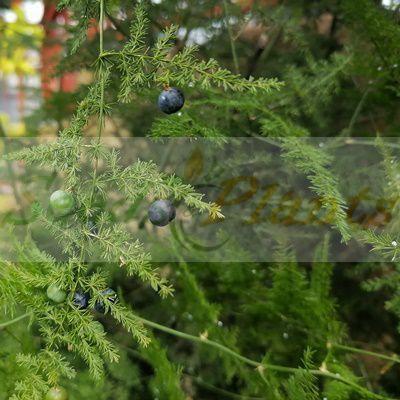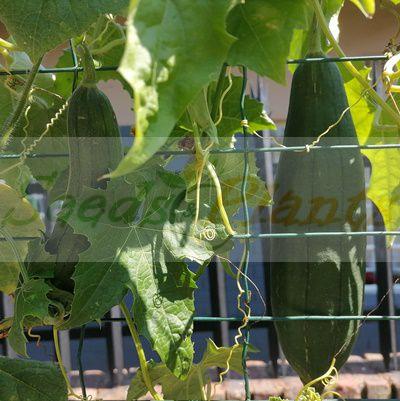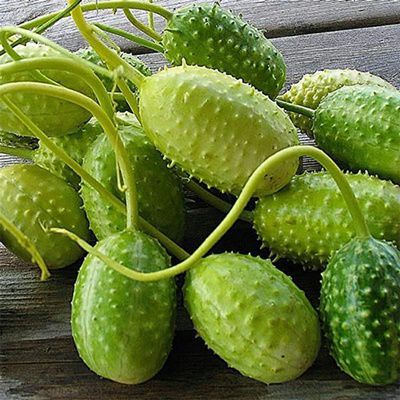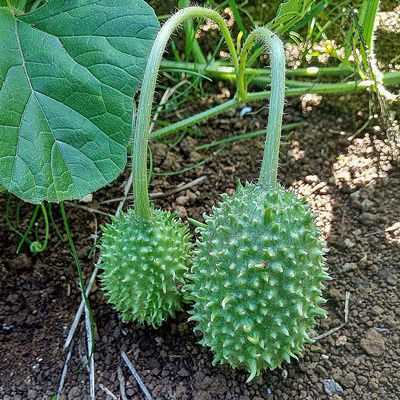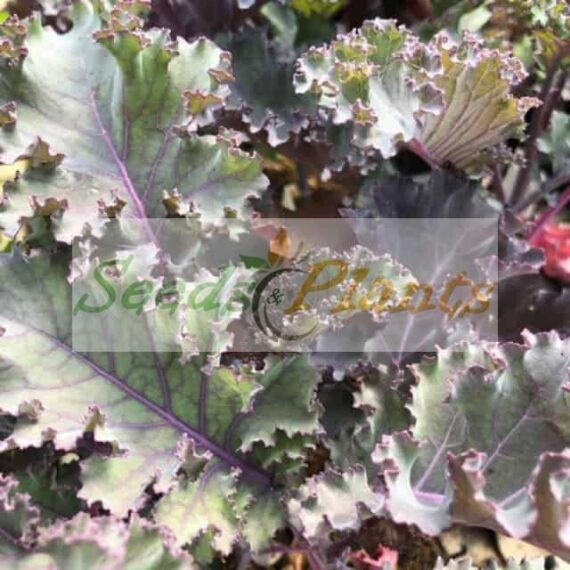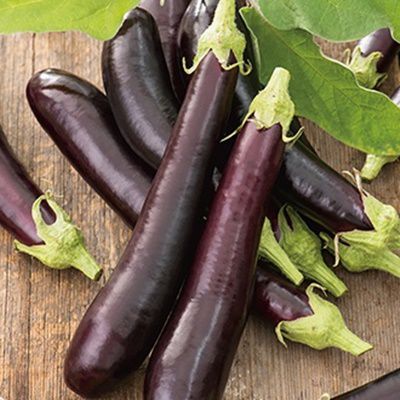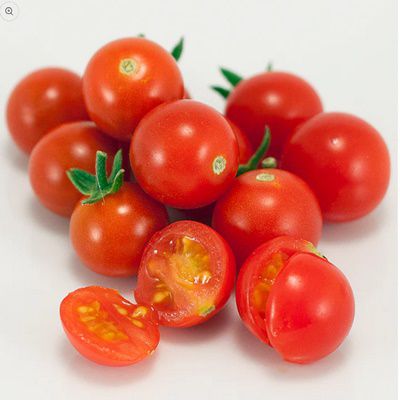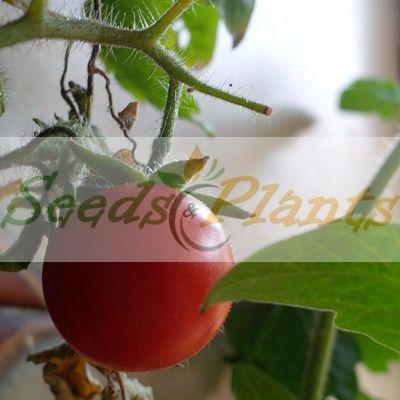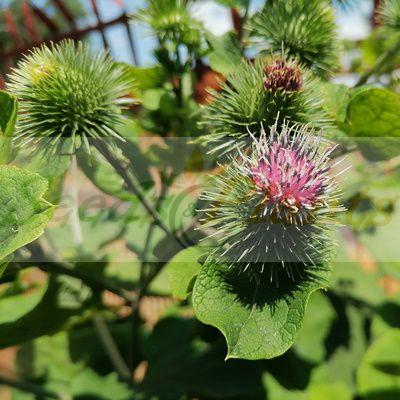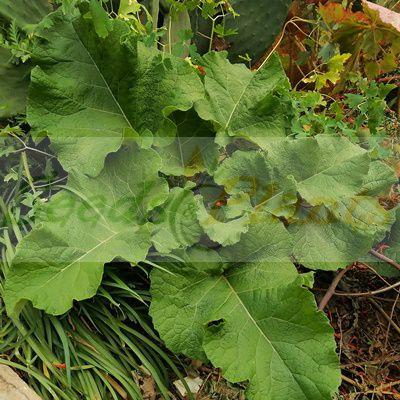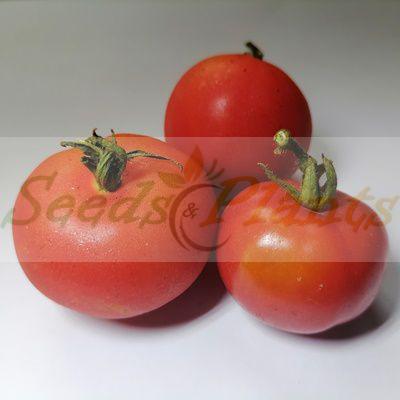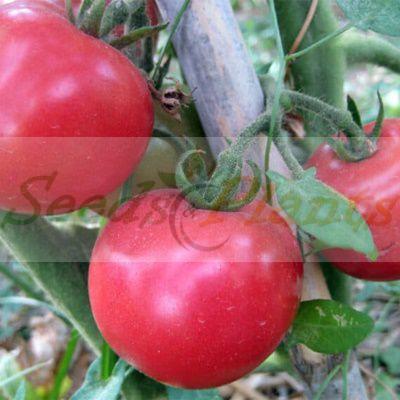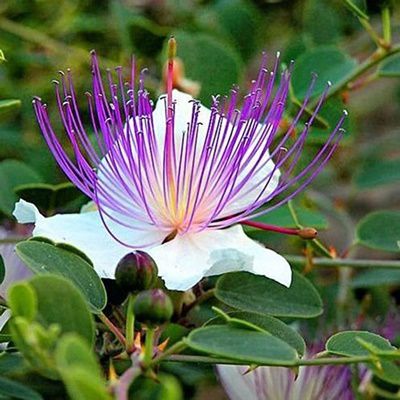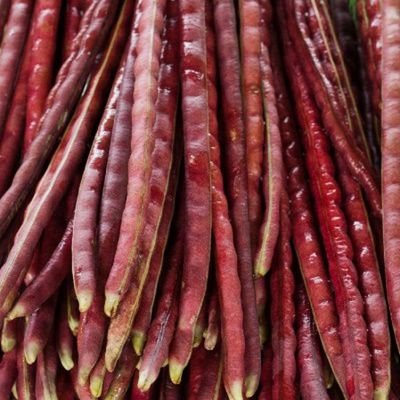West Indian Gherkin – 10 Seeds
(Cucumis anguria)
R30.00
Also known as maroon cucumber, maxixe, burr gherkin, cackrey, and West Indian gourd, it is a vine that is indigenous to Africa. The flavor is similar to that of the common cucumber.
Indoor Sowing: Late Winter and Early Spring.
Direct Sowing: Spring and Early Summer.
Out of Stock
Email me when the product is back in stock.
🥕 Vegetable Quick Facts
Vegetable Info
Growth Traits
- 🌱 Life Cycle: Annual
Growing Requirements
Cucumis anguria, commonly known as maroon cucumber, West Indian gherkin, maxixe, burr gherkin, cackrey, and West Indian gourd, is a vine that is indigenous to Africa. This annual climbing or spreading vine is a common vegetable grown for its crisp, green fruit, which are used in pickling, as cooked vegetables or eaten raw. The flavor is similar to that of the common cucumber. They may be eaten whole with the skin on when they are young, and can be sliced thin and used in salads like cucumbers. They can also be used in casseroles and stews, and can be stir-fried with tomatoes, onion and garlic to make a ratatouille-like dish.
Growing West Indian Gherkin
Indoor Sowing: Late Winter and Early Spring.
Direct Sowing: Spring and Early Summer.
- Cucumbers need very warm soil to germinate. Optimal soil temperature for germination (and transplanting): 15-30°C
- Direct Sow 3-4 seeds 2cm deep in each spot you want a plant to grow.
- Thin to the strongest seedling.
- Space plants 23cm apart in rows 90cm apart.
- Or start transplants indoors in individual peat or coir pots 3-4 weeks before transplanting out into warm soil. If starting indoors, use bottom heat.
- Transplant when the plants develop their third true leaf. If the plants are too big, they may experience transplant shock.
- Choose a warm, well-drained soil. Raised beds work well. Add dolomite lime and compost or well-rotted manure to the bed and ½-1 cup of complete organic fertilizer mixed into the soil beneath each transplant.
- Cucumbers are vigorous and need lots of nutrition and water. Try to water the soil only, keeping the leaves as dry as possible.
- Almost all cucumbers benefit from being trained onto a trellis of some kind.
Disclaimer
Medicinal Information:
All medicinal information on this website is for educational and informational purposes only and may not be construed as medical advice. The information is not intended to replace medical advice or treatment offered by healthcare professionals.
Seeds, Plants, Plant Cuttings, Geophytes and Dried Herbs:
In some countries and provinces, certain plants are deemed as invasive and are not allowed to be planted at all, whilst some plants are allowed to be grown only in certain areas or provinces. The onus is on you as the buyer to familiarize yourself with the regulations pertaining to your location, before purchasing any of our seeds, plants, plant cuttings, geophytes or dried herbs. We will not be held liable, should you purchase any seeds, plants, plant cuttings, geophytes or dried herbs. from us which are prohibited in your country or province.
| Life Cycle | Annual |
|---|

